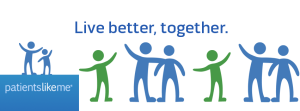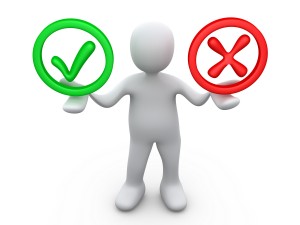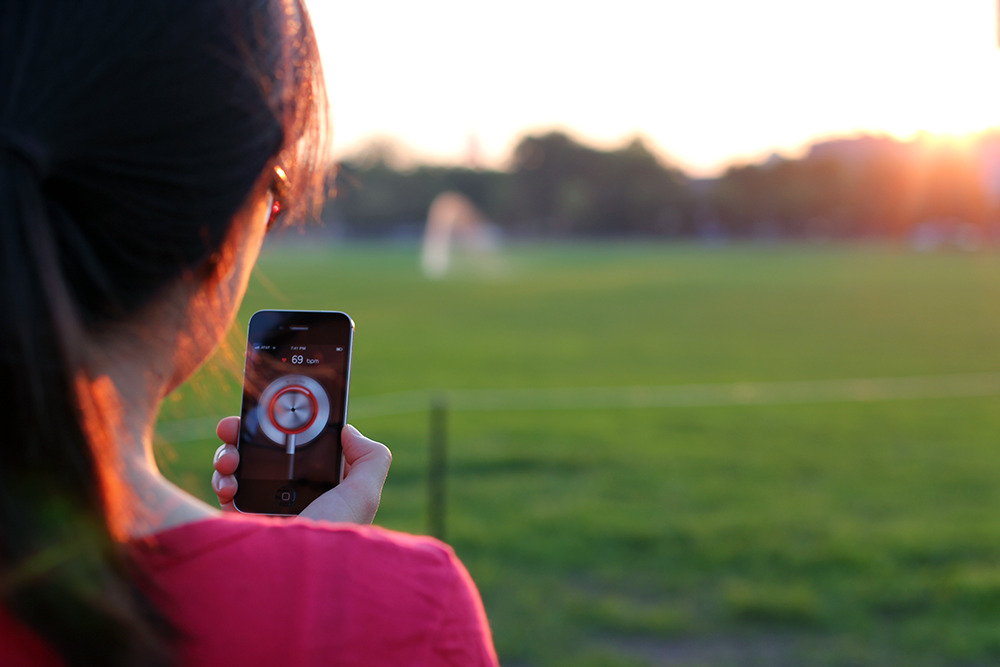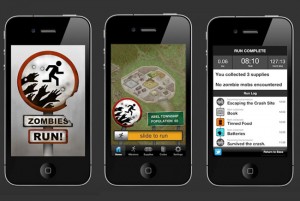As a continuation of my first blog post discussing CrowdMed as a possible ePatient outlet, defining the movement with a community of curious patients and a medically educated crowd base, this time I will focus on PatientsLikeMe to provide a different approach.

PatientsLikeMe is a free public website that provides a patient, clinician, or caretaker to register and provide, receive, and share health information. Users are able to input symptoms, medications, and treatments to find people undergoing similar medical situations. Communication is facilitated through both a forum type infrastructure and user comments.
Individuals are able to search the information database for not only patients with similar symptoms, but also for a wide range of medications and treatment opportunities for a particular condition. Treatments can be searched based on frequency of use amongst patients, user rating, efficiency, and side effects. In addition to medical and pharmacological solutions, users can browse through dietary, physical activity, or mindfulness treatments suitable for their personal needs.
In addition to acquiring a wide range of helpful information, the website allows people to track their health and invite others (doctors, family, friends, etc.) to their “care team” and share the status of their health. The tracking information can be easily be shared with those not on the website through an easy print format which the individual can choose to print or email to someone else.
The website automatically stores the shared health history to a database to match the user up with pertinent clinical trials or be used for research.
Different from CrowdMed, this ePatient outlet is geared towards personalizing one’s involvement in sharing and receiving health information. The website is structured so that all information provided by other users is easy to understand even with low health literacy.
PatientsLikeMe is very attractive in that everything from health tracking to research can all be done under one website. With the ease of having access to variety of resources in one spot, the site is able to lower some effort barriers that may restrain patients from transitioning into ePatients.
This ePatient outlet definitely highlights the empowered definition of the entire ePatient movement, giving the individual full control over their involvement in how their personal health information gets used and how they themselves act to provide for others within the virtual community. Involved users are not only free to educate themselves with healthcare options that can easily be discussed with a physician, they are, in addition, given the chance to take their health into their own hands with clinical trials and nonmedical treatments such as wellness exercises and stress management.
If CrowdMed is a helpful resource for finding answers under the ideology of “power in number”, PatientsLikeMe is the example of self-driven medicine with an interface chosen by the user’s preferences. This is a great illustration of patient empowerment, as patient empowerment is not only choosing what to be involved in, but choosing the threshold of involvement as well.






